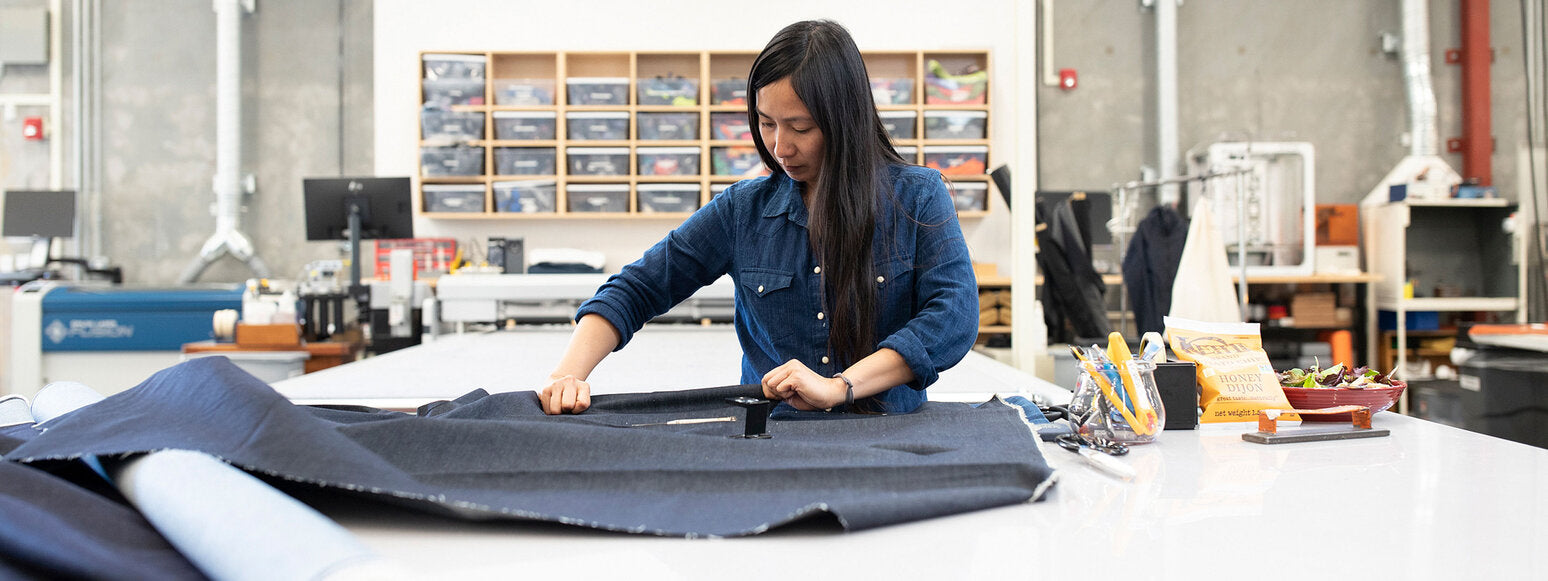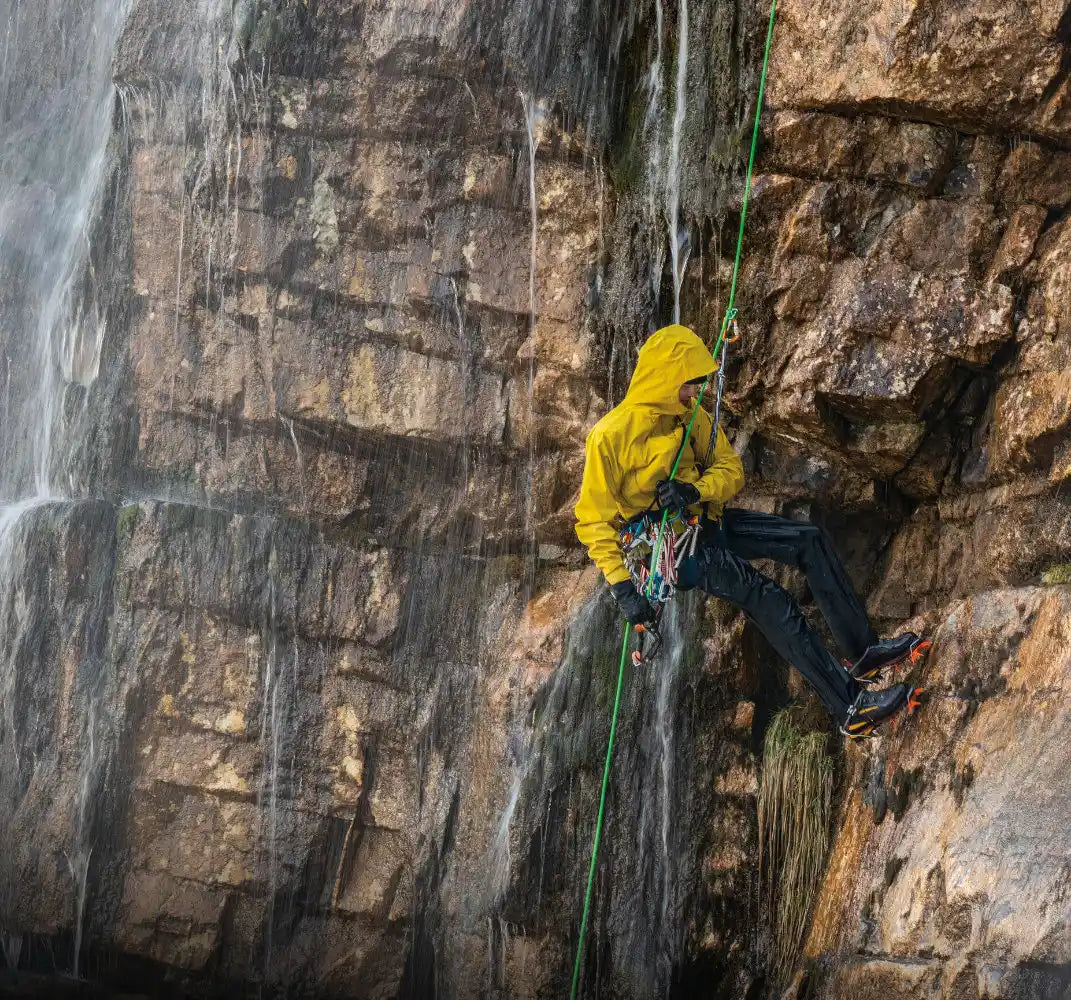Advanced Denim
Advanced Denim technology dyes fabric with less water and energy and emits fewer carbon emissions than conventional methods.
Why?
Indigo doesn’t readily adhere to denim, which makes the dyeing, rinsing and garment-washing process resource-intensive. Most denim producers dye their fabric with synthetic indigo on huge production lines that consume vast amounts of water and energy.
Patagonia once used indigo to color their denim, too, but now they’ve incorporated Advanced Denim technology, a coloring process that uses sulfur dyes that bond more easily to denim fabric.
Where We Are
Using Advanced Denim technology results in much shorter production lines that consume less water and energy and emit less CO₂ than conventional synthetic-indigo denim dyeing. The Advanced Denim dye process uses on average 80% less water and reduces CO₂ emissions by 25% compared to conventional denim sheet dyeing. (Resource savings are derived from a Life Cycle Assessment that compares their new Advanced Denim dyeing process with the conventional synthetic-indigo dyeing process. )
What’s Next
Incorporating Advanced Denim dye technology into the manufacturing process has resulted in meaningful reductions in our environmental impact, but they’re not done. Patagonia is continuously working to adopt dye technologies that have a lower impact on the environment for all their materials, and they hope that these technologies will be adopted by the broader apparel industry.
Advanced Denim technology has been used by several small brands in Europe, but it has not yet been widely adopted, likely due to the added cost and low customer demand. By using this technology in their denim, Patagonia hopes to inspire other brands to consider how it could fit into their lines. Fortunately, there are dozens of denim mills in a variety of regions that could use Advanced Denim technology. The goal of increased adoption is promising.


















































